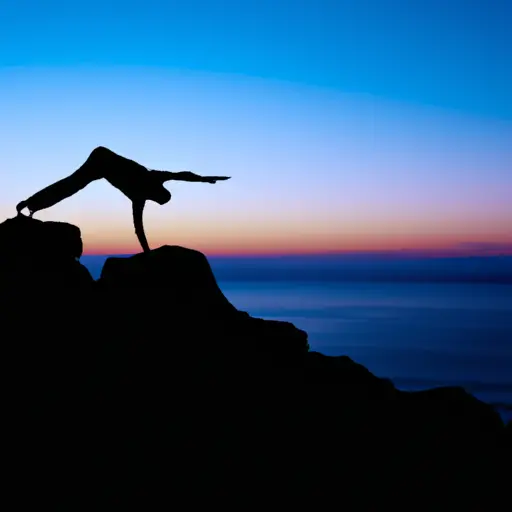Yoga Flexibility: Unlocking Your Full Potential
As any yoga enthusiast knows, flexibility is key. It’s the foundation for a successful practice and the doorway to a healthier, more balanced life. But what exactly is flexibility? Put simply, it’s the ability of your muscles, ligaments, and joints to move through their full range of motion, allowing you to perform physical activities with ease.
When it comes to the benefits of increased flexibility, the list is practically endless. Improved mobility is one of the big draws – no more pains and aches in the back, hip or shoulder area. Plus, improved flexibility can help prevent and reduce injuries. You’ll also find that stamina and endurance increase as you become limber. And if all this isn’t convincing enough, consider that decreasing muscle tension can improve your posture, reduce stress and improve mental clarity.
But if increased flexibility is your goal, it’s important to choose the right type of yoga. Many believe that Hatha Yoga or Ashtanga are the best choices for unlocking those tight muscles, but Iyengar, Vinyasa Flow and Aerial Yoga can also be very effective.
Improved Balance
What’s balance? It’s the ability to keep yourself steady and maintain an upright posture without falling. Being balanced means having control of your movements and being able to move freely. And when it comes to yoga, improved balance is like a superpower!
Having good balance will make day-to-day activities easier and your yoga practice feel totally different. With increased stability, you’ll be able to hold poses longer, inhale deeper and attain more challenging postures. Plus, improved balance also has some great benefits outside of yoga – from better posture to an overall feeling of confidence.

But what types of yoga promote balance? Standing poses are always a great place to start. Try incorporating Tree Pose into your regular practice. Warrior poses are another favorite for improving balance. And don’t forget about those core exercises – plank variations can help build your stability too.
So next time you’re trying to get ahead in that yoga class, think balance! With a little practice, anyone can get more confident on their feet and increase strength and flexibility.
Conclusion
Phew, I’ve said a mouthful when it comes to the benefits of yoga for improving flexibility and balance! In my humble opinion, if you don’t do any form of physical activity yet, yoga’s an awesome place to start. It doesn’t really matter what type of yoga you do; the key is to find something that suits your objectives, fitness level and lifestyle. That said, those looking to get their game face on with stretching and balancing could give Hatha or Iyengar yoga a whirl – they’ll work wonders.
If you do decide to give yoga a try, make sure you practice safe movements and take your time to build up your poses as you progress. Don’t forget to listen to your body, breathe deeply and enjoy the journey. In no time, you’ll say goodbye to all your mobility issues, enjoy better posture and become one walking human pretzel.
Yoga: Flex & Balance
What are the benefits of flexibility and balance?
Yoga: Flex & Balance
Why is yoga good for improving flexibility?
Yoga: Flex & Balance
How does yoga improve balance?
Yoga: Flex & Balance
0
Yoga: Flex & Balance
1
Yoga: Flex & Balance
2
Yoga: Flex & Balance
the benefits of yoga for improved flexibility and balance
Yoga: Flex & Balance






